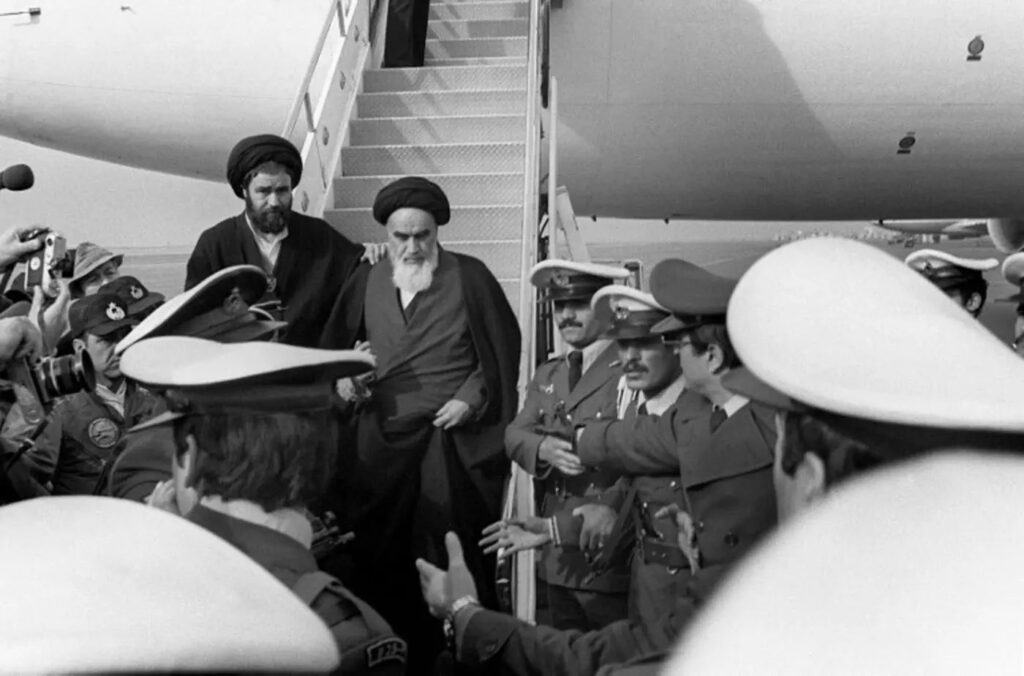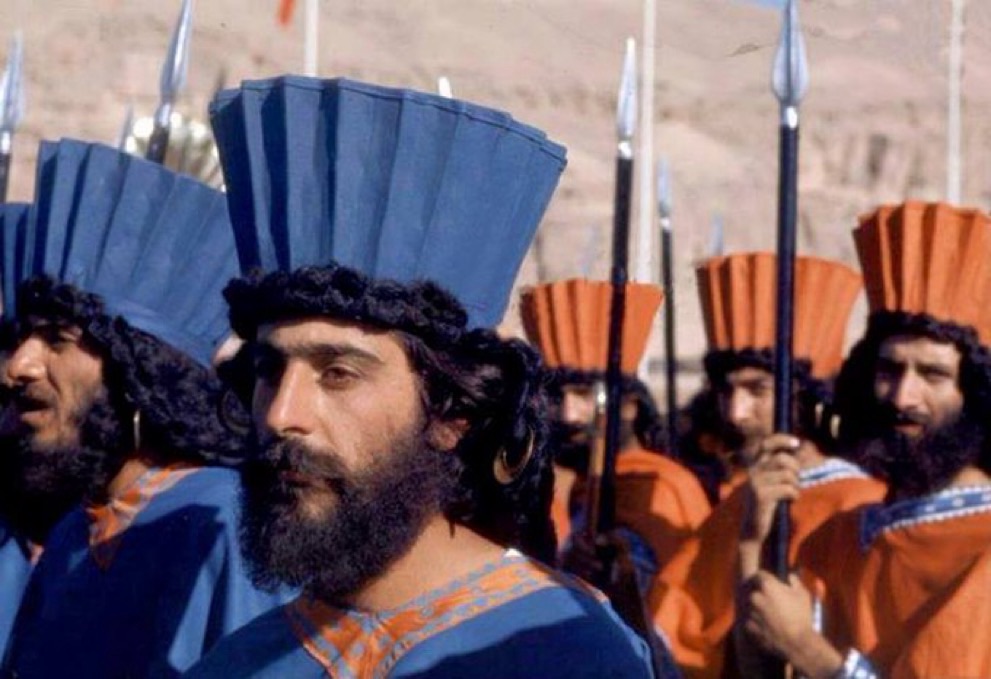
Date: 25th Jun 2025
By: Najeeb ul Haq Ustad
One of the most lavish parties in history was thrown in 1971 by Mohammad Reza Pahlavi, the Shah of Iran. The event was a show of great wealth, elegance, and royal pride, with the goal of showcasing the splendor of Iran’s 2,500-year-old dynasty. However, what started out as a regal feast would eventually sow the seeds of a potent revolution that would permanently alter Iran’s landscape.
The Purpose of the Party
The event, which commemorated 2,500 years of Persian monarchy dating back to Cyrus the Great, took place in October 1971 in Persepolis, the ancient ceremonial capital of the Persian Empire. In order to portray Iran as a strong, contemporary state under his leadership, Shah Mohammad Reza Pahlavi sought to establish himself as the successor to this illustrious imperial heritage. This was a deliberate worldwide statement, not merely a party.
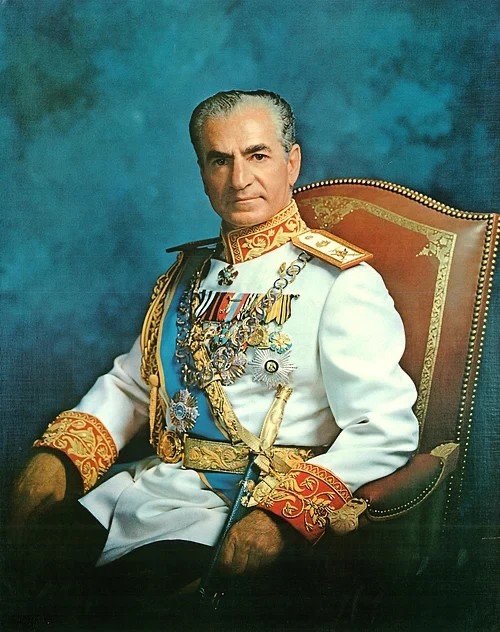
The Shah aimed to demonstrate to the world that Iran was a resurgent civilizational empire rather than merely a Middle Eastern country.
Unimaginable Luxury: The Lavishness
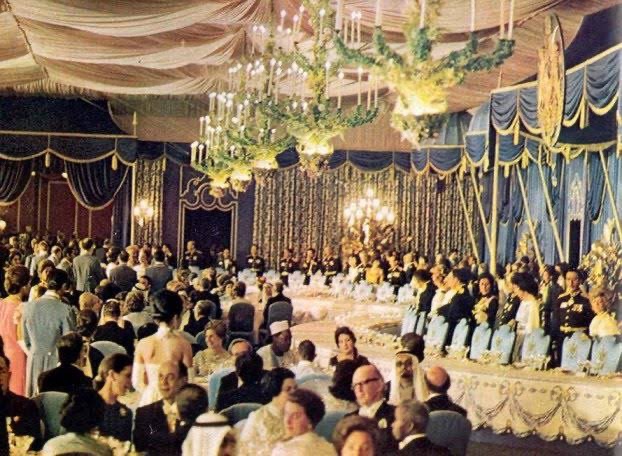
In terms of lavishness and scope, the celebration was unparalleled:
• A tent city of opulent pavilions coated with silk was erected in the desert next to the Persepolis ruins;
• The event cost over $100 million, or more than $600 million in today’s currency.
• Kings, presidents, and dignitaries from more than 60 countries were among the guests, along with other members of the royal family.
Some stunning highlights of the event:
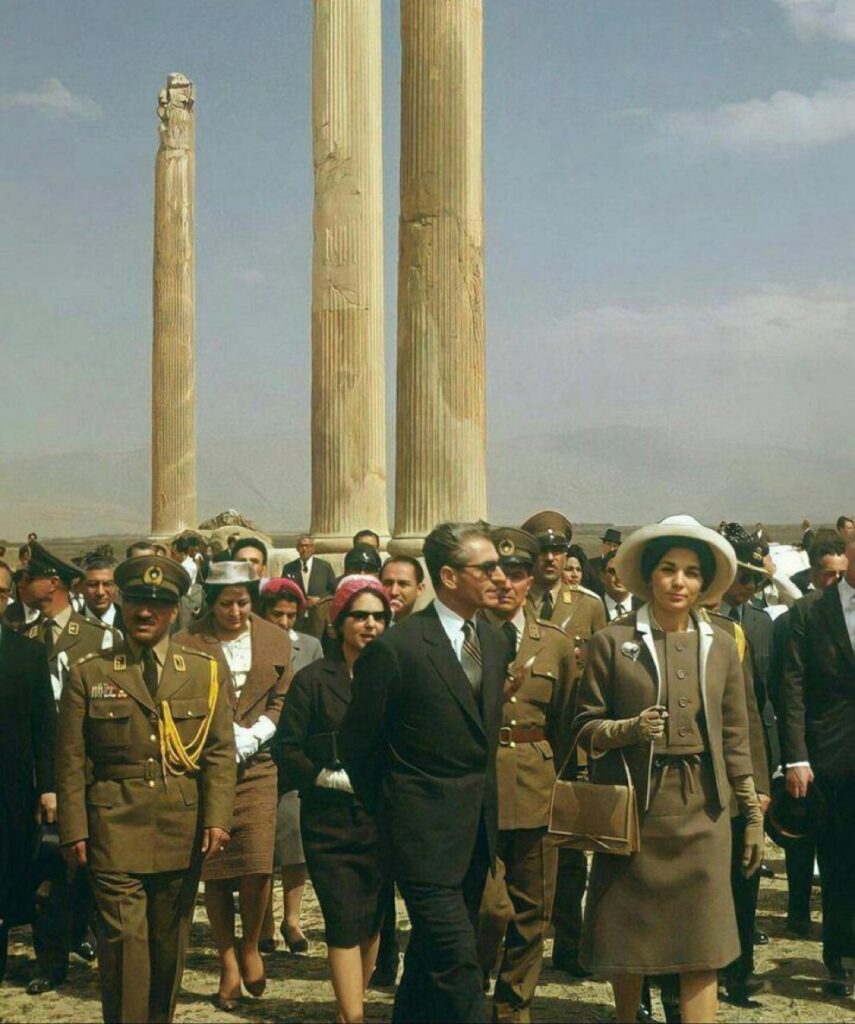
•The finest champagne in the world, crystal dinnerware, and silver silverware were served at the event, which was cooked by French chefs from Maxim’s of Paris, who flew in items every day.
• A lavish supper with caviar and peacocks as décor was hosted at the base of the Persepolis ruins, and a lengthy procession reenacted Persia’s military history with costumed warriors and horses.
Although it was meant to represent Iranian might and majesty, many people saw it as a sign of alienation from the populace.
The Response: A Gathering No One Ever Forgave
Ordinary Iranians were horrified and bitterly hurt, while the world’s elites were astonished. Iran was dealing with the following issues at the time: political repression, high unemployment, widespread poverty, and inequality between rural and urban regions.
To a populace fighting for economic survival and fundamental rights, the extravagant expenditure appeared ridiculous. Religious leaders from exile strongly denounced the incident, chief among them Ayatollah Ruhollah Khomeini. He denounced the party as morally reprehensible, Westernized, and anti-Islamic. Originally intended to exalt the monarchy, this event ended up serving as a focal point for criticism. The Shah’s use of Iran’s wealth to feed his ego rather than the needs of the country was perceived by the populace as evidence that he was disconnected from his country.
The Repercussion: A Festivity That Ended in Disintegration
The consequences of the 1971 party took time to manifest. However, it marked a sea change. Growing discontent with the Shah’s government was stoked by the hatred and rage it caused. By the late 1970s:
• Demonstrations and protests had become more intense.
• The perception of the Shah as a Western puppet grew.
•Revolutionary and Islamic groups gained traction.
The Shah’s rule was finally overthrown by the Iranian Revolution in 1979, only eight years after the Persepolis celebration.
Ayatollah Khomeini returned from exile and founded the Islamic Republic of Iran after he left the nation.
